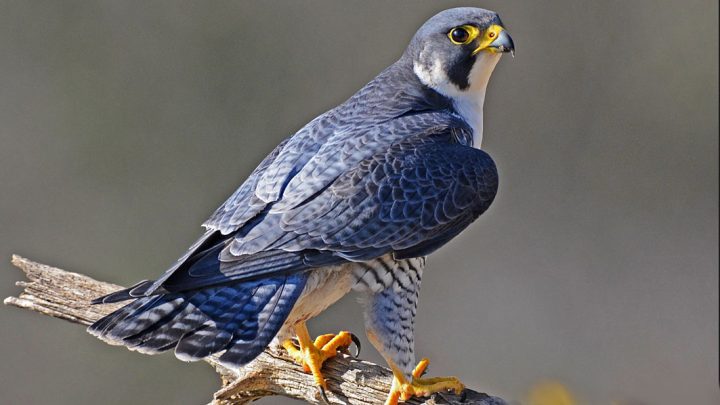What Is Taxonomic Order and Why Is It Used for the Sequence of Birds in My Field Guide?

Most field guides and checklists present birds in taxonomic order, which represents our best understanding of the evolutionary relationships between bird families. Generally speaking, the groups at the front of the list are thought to have split off earlier from the common ancestor of all birds, or what is called the “root” of the bird tree of life. (That common ancestor is now known to have been a theropod dinosaur.)
Before the advent of DNA sequencing, overall taxonomic order was based on such factors as where a bird first appears in the fossil record, and on similarities in physical features (morphology) among families.
Modern advances in gene sequencing have revolutionized our understanding of these relationships. Morphological and fossil evidence are still used, but the information from the genomes (DNA) of birds has led to major updates in taxonomic order in the most recently published guides compared to ones from 20 or even 10 years ago.
A case in point: falcons have long been grouped with the other raptors such as hawks and eagles, but DNA evidence now shows that they are most closely related to parrots. So, in the second edition of the Sibley Guide to Birds for example, you will find the falcons AFTER the woodpeckers, owls and game birds (whereas all the hawks and eagles are before these groups). Additional recent taxonomic shifts based on DNA evidence also find that owls are closely related to toucans and hornbills, and the nocturnal nightjars are closely related to hummingbirds.
Taxonomic sequence is fluid—each year ornithologists gather to discuss and implement changes based on the latest science. You can stay informed of the latest changes by downloading the free Clements Checklist of Birds of the World. eBird also incorporates the updates regularly, so you can rest assured that any list you are creating or viewing on in eBird will also be up to date. In fact, a great way to quickly check the currently accepted common and scientific name of any bird species in the world is to go to the eBird mapping tool, start typing in the bird’s name, and the autofill feature will fill in the correct name.

All About Birds
is a free resource
Available for everyone,
funded by donors like you
American Kestrel by Blair Dudeck / Macaulay Library
